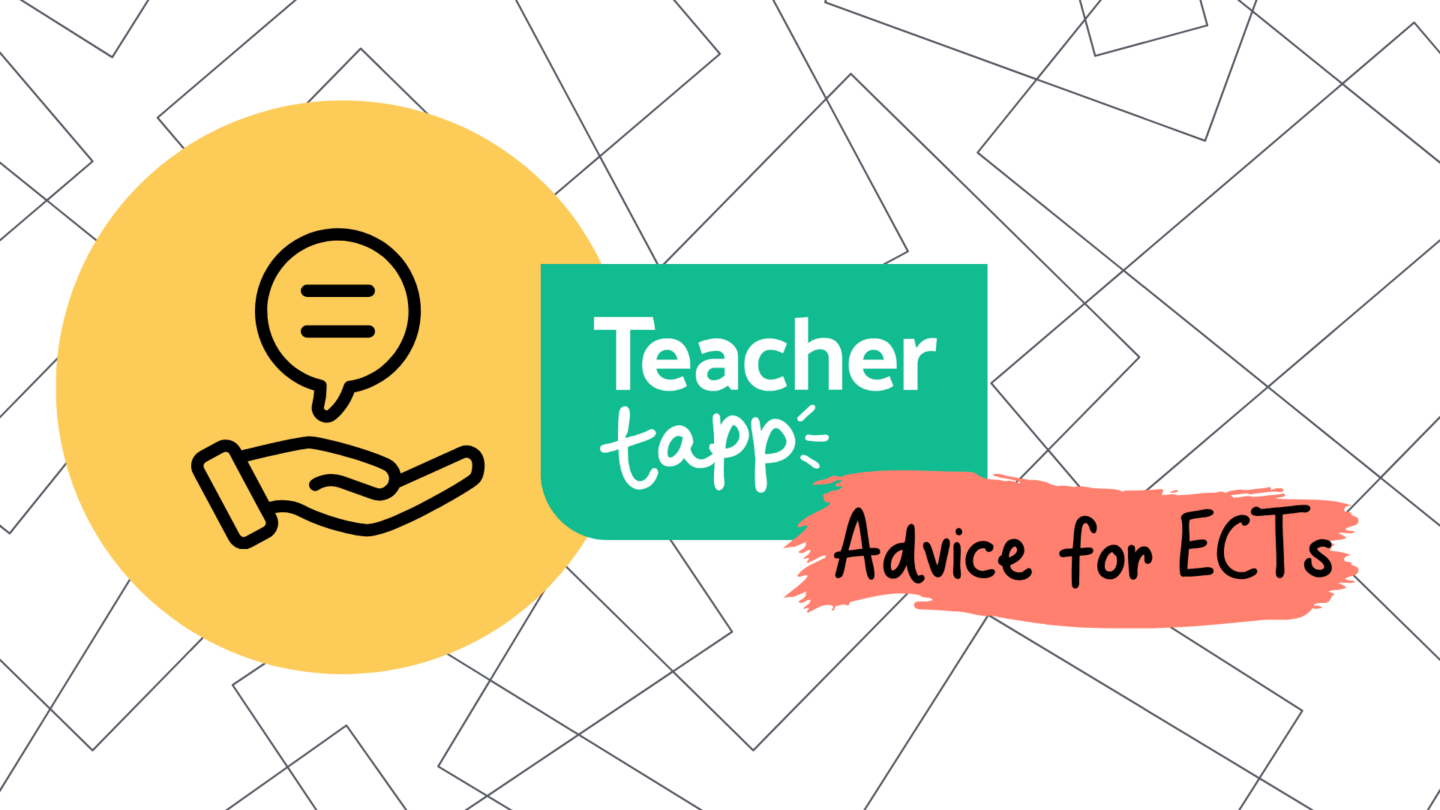You may have noticed a change in your Teacher Tapp over the past week – that’s right, we’ve been rolling out our new version of the app which has our fancy new branding and colours! Don’t worry, it’s the same great Teacher Tapp, just with a fresh face 😍
If you haven’t noticed any changes yet, don’t worry – your app should update itself over the next few days. If you’re really keen (like we were) you can update it manually from the Apple or Android App Stores!
Finally, if you got caught in any of the time zone hiccups, we’ve restored streaks for you too. SORRY FOR ANY SCARES.
RIGHT, onto the findings of the week…
1. How many classrooms?
Last year, we asked what your teaching superpowers were. 50% of you mentioned your powers of navigating crowded corridors with your hands full. That’s a good thing, given 45% of you teach in more than one classroom each week!
Yes, before you say it, this varies hugely by phase. More than three-quarters of primary teachers teach in the same classroom during the week, but this is true of only 39% of secondary teachers.
Arts incl D&T teachers are the ones upping their step count most each week, with 80% teaching in more than one classroom. Science teachers are also on the move – having the most teachers (14%) working in 7 or more classrooms each week 🥴️. The perfect practice of that book-balancing superpower!

On the back of this question, one Tapper asked whether teaching lots of classrooms is linked to higher anxiety, stress or chance of leaving the profession. It is certainly a plausible hypothesis; having to dart between classrooms each lesson may mean teachers feel less settled in their role.
To answer this question, we focussed on secondary teachers only, as they have a much greater variation in the classrooms they teach.
However, despite the hypothesis, the number of classrooms you teach in does not seem to be related to how likely you are to want to leave your current school. Nor is it related to teachers’ anxiety!

2. A Further Covid Update
You may remember this chart from last week – where your results showed a steep rise in the number of teachers who have testing positive for Covid-19 since November. We partly attributed the rise to (1) the prevalence of Omicron over the Christmas period and into 2022, and (2) access to lateral flow tests.

We can dive a bit further into these findings though.
Across all teachers, 59% of primary teachers and 53% of secondary teachers confirmed that they had tested positive for Covid-19.
Of those who had tested positive, primary teachers were marginally more likely to have had Covid twice than secondary teachers. 15% of primary teachers have had Covid two or more times, compared to 13% of secondary teachers.

Classes still need covering, when teachers are off with Covid, or otherwise – but who is setting the work in this case? In the majority of cases, it’s still the ill teacher, particularly in secondary schools!
Nearly 90% of secondary teachers said they set work themselves when they are ill. It wasn’t much brighter for primary teachers either, with 61% of ill primary teachers being expected to set work if they were ill.

3. Every day is a school day
Online CPD courses have seen a huge, unsurprising rise in popularity recently!
So far this year, over half of teachers have taken a CPD course online – just a bit higher than the 0% of teachers who said this back in 2018!
It just looks like the method of CPD delivery has changed since 2018. Just a quarter of teachers haven’t been on a CPD course this year – the same percentage as 2018!

Alongside individual CPD, schools also host whole-school staff training. For primary schools, it appears that this mostly happens on INSET days.
Secondary schools are a little different. 14% of secondary schools say that they sometimes deliver their whole-school training not on an INSET day and pupils come in earlier or later. This is particularly the case in London, where this percentage is as high as 23%.
The percentage who have their training on a school day is particularly focussed on regions with cities. Perhaps it is easier to do this when students are travelling by public transport, rather than having to rearrange buses that have been specifically put on for the school.

4. Student Interviewers
Students can sometimes be the harshest interviewers, with some definitely not afraid to make their voices heard! Getting students to interview job applicants can also be a good opportunity for the applicant themself to get a better understanding of the school.
More than half of secondary schools get some students to interview job applicants at their school, with 28% of secondary teachers saying their school regularly does this.
This practice is slightly less popular in primary schools, but it is still the case that a quarter of primary schools get their pupils to interview their job applicants.

Student interviewers are losing popularity, though! Back in 2018, 50% of you reported that your school had used student interviewers at least once in the past year. Now this has dropped to 39%, with schools appearing to do it far less frequently than previously.

Finally… we know you love the daily read, so here are the ones from last week
The most read tip from the past week was: What makes a good flashcard?
And here are the rest for your reference:





